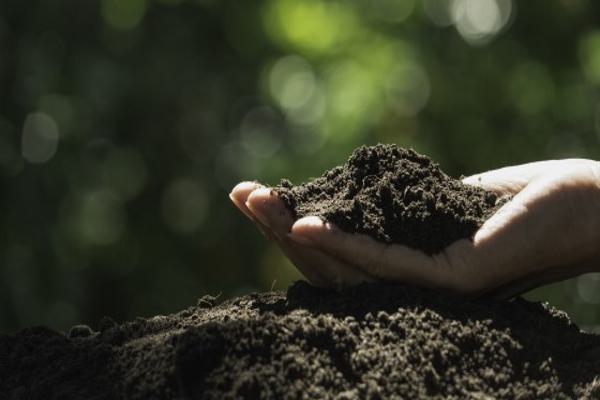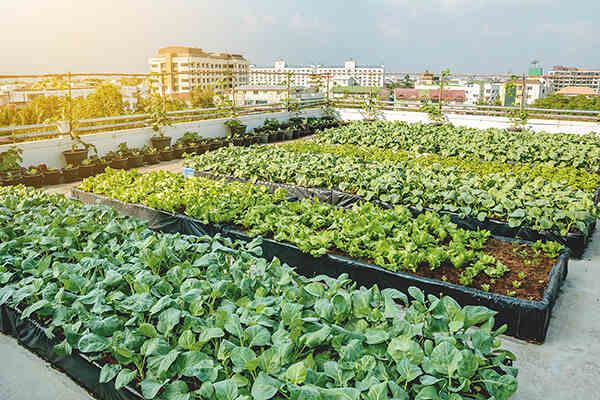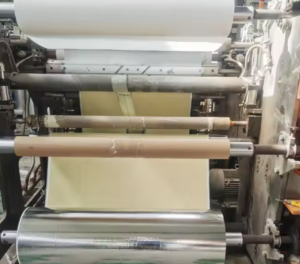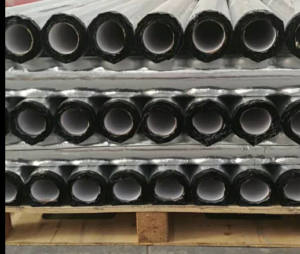How Do Soil Microorganisms Affect the Environment?
Beneath every step we take, an invisible world thrives. Soil microorganisms1—bacteria, fungi, archaea, protozoa, and more—may be tiny, but they play massive roles2 in shaping the health of our planet. From fueling plant growth to cleaning up pollutants, these microscopic organisms form the foundation of environmental stability3. In this article, we explore how soil microorganisms impact the environment and why understanding them is key to sustainable living.
Diversity of Soil Microorganisms
Soil is one of the most biodiverse habitats on Earth, home to billions of microorganisms in just a handful of dirt. These include:
- Bacteria: The most abundant and versatile microbes, crucial for decomposition.
- Fungi: Including mycorrhizal fungi, which form symbiotic relationships with plant roots.
- Actinomycetes: Bacteria-like organisms important in breaking down tough organic matter.
- Protozoa and Nematodes: Feed on bacteria and help regulate microbial populations.
- Archaea: Ancient microbes that often live in extreme soil environments.
Microbial Abundance Example (per gram of soil)
| Microorganism Type | Approximate Count |
|---|---|
| Bacteria | 100 million – 1 billion |
| Fungi (hyphal length) | 10 – 100 meters |
| Actinomycetes | 10 million – 100 million |
| Protozoa | 10,000 – 100,000 |
| Archaea | Up to 10 million |
This rich diversity forms the biological engine of soil, driving the processes that sustain plant and animal life aboveground.

Their Role in Nutrient Cycling
Soil microorganisms act as nature’s recyclers, breaking down organic material and releasing nutrients that plants and other organisms can use. They are central to several key cycles:
- Nitrogen Cycle: Bacteria convert atmospheric nitrogen into forms usable by plants (nitrogen fixation), and others transform it through nitrification and denitrification.
- Carbon Cycle: Microbes decompose organic matter, releasing CO₂ and forming stable humus.
- Phosphorus Mobilization: Certain fungi and bacteria help unlock phosphorus from soil minerals.
- Sulfur Cycle: Microbial action transforms sulfur into bioavailable forms.
Microbial Contribution to Nutrient Availability
| Nutrient | Microbial Process | Impact on Environment |
|---|---|---|
| Nitrogen | Fixation, nitrification | Supports plant protein synthesis |
| Carbon | Decomposition | Enhances soil organic matter |
| Phosphorus | Mineral solubilization | Boosts root development |
| Sulfur | Oxidation and reduction | Maintains enzymatic activity |
Without microbes, nutrients would remain locked in unusable forms, leading to infertile soil and ecosystem collapse.

Microorganisms’ Response to Pollution
When pollutants enter the soil—whether heavy metals, pesticides, or hydrocarbons—microbial communities react quickly. Some species die off, while others evolve mechanisms to survive, adapt, or even detoxify the environment.
Microbial Reactions to Soil Contaminants:
- Degradation: Some bacteria can break down pollutants like petroleum or plastics.
- Immobilization: Fungi may bind heavy metals, preventing them from spreading.
- Stress Adaptation: Microbial populations shift to favor tolerant species.
Case Study: Oil Spill Bioremediation
After oil contamination, researchers observed an increase in hydrocarbon-degrading bacteria such as Pseudomonas and Alcanivorax, which helped reduce soil toxicity over time.
Contaminant Response Table
| Pollutant Type | Microbial Reaction | Environmental Outcome |
|---|---|---|
| Pesticides | Enzymatic degradation | Reduced soil toxicity |
| Heavy Metals | Bioaccumulation or immobilization | Lower leaching into groundwater |
| Hydrocarbons | Oxidation into CO₂ and water | Soil detoxification |
Microbes often act as the first responders to pollution—signaling early warnings and providing natural cleanup mechanisms.

Harnessing Microorganisms for Environmental Benefits
We’re learning to work with soil microorganisms to restore degraded environments and boost sustainability4. Some key applications include:
- Bioremediation5: Using microbes to clean up oil spills, heavy metals, and other toxic substances.
- Biofertilizers: Inoculating soil with beneficial bacteria or fungi to improve plant nutrient uptake naturally.
- Carbon Sequestration6: Enhancing microbial activity to store more carbon in the soil, reducing greenhouse gases.
- Soil Health Monitoring: Using microbial diversity as an indicator of ecosystem resilience.
Example: Benefits of Mycorrhizal Fungi
| Function | Environmental Benefit |
|---|---|
| Extend root nutrient access | Reduces fertilizer dependency |
| Improve drought tolerance | Enhances crop resilience |
| Stabilize soil structure | Reduces erosion and runoff |
By fostering microbial life, we unlock a natural toolkit for healing soil, boosting productivity, and protecting ecosystems.

Conclusion
Soil microorganisms are silent architects of the environment7, driving nutrient cycles, cleaning up pollutants, and sustaining plant and animal life. By understanding and respecting this underground ecosystem, we can harness its power to protect our environment, combat climate change8, and build a more sustainable future. In the world of environmental protection, microbes may be small—but their impact is enormous.
-
Discover the vital functions of soil microorganisms in maintaining ecological balance and supporting plant life. ↩
-
Learn about the significant contributions of microorganisms to ecosystem health and sustainability. ↩
-
Explore how microorganisms contribute to environmental stability and the implications for sustainable practices. ↩
-
Explore this resource to discover innovative strategies and practices that enhance environmental restoration and sustainability efforts. ↩
-
Learn about bioremediation techniques and their impact on cleaning up pollutants, a crucial aspect of environmental health. ↩
-
Understanding carbon sequestration is vital for combating climate change; this resource will deepen your knowledge on the topic. ↩
-
Explore this link to understand how soil microorganisms play a crucial role in maintaining ecological balance and supporting life. ↩
-
Discover innovative strategies to leverage soil microbes in the fight against climate change and promote sustainability. ↩







